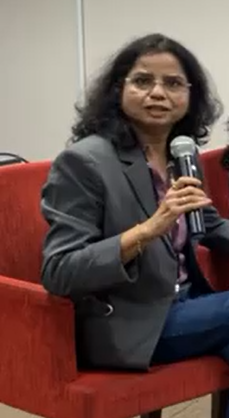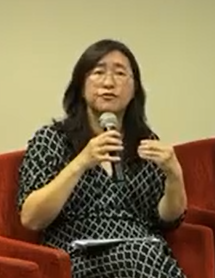By Rubendran Sathupathy
INTI International University hosted a pre-conference forum before the ASEAN Social Business Conference 2022 titled “Roles of Organizations in Reducing Poverty and Unemployment.”
Professor Dr. Michael Lee, Special Advisor to the President at Fu Jen Catholic University, Taiwan, discussed “Case Studies of Fu Jen and Santa Clara’s Social Engagement Involvement.”
In it, Dr. Michael emphasized the power of engagement and societal impacts.

“The school must demonstrate positive societal impact through internal and external initiatives and/or activities consistent with the school’s mission, strategies, and expected outcomes. The evaluation of the societal impact involves engagement with external stakeholders.
“For example, the Miller Center Accounting Program at Fu Jen is focused on women’s economic empowerment and climate resilience,” he said.
He added that the Global Social Benefit Institute (GSBI) of Miller Center alumni in turn gives back to the community.

“Alumni like Vava Coffee in Kenya hire female workers who suffer from domestic violence; Vision Spring provide low-cost glasses and Build Change design earthquake-resistant homes.”
Dr. Michael suggested a collaboration between INTI and Fu Jen to work together on research projects.
Meanwhile, Dr. Nisha Pandey, Chairperson of VES Yunus Social Business Center, India, spoke about the “Role of Women in Rural Transformation.”

“The main challenges in rural areas are poverty, hunger, and food waste. These are societal and social problems. A paradigm shift is needed to invoke systemic change,” she said.
To combat this, she focused on the macro and micro levels in rural areas involving community engagement and collaboration with stakeholders.
“For example, we taught women how to grow mushrooms, and they in turn teach villages in other counties.”
In terms of framing, Dr. Nisha concentrated on three key areas: innovation and growth (science and technology), national systems of innovation, and transformative change.
She said innovative research and development lead to green growth, which indicates transformative change.
Dr. Nisha developed the Transformation of Aspirational District Program (TADP) for the rapid transformation of districts.
It is used in 117 districts across 28 states, involving convergence, collaboration, and competition based on Ripple Effect Mapping.
Ripple Effect Mapping is a technique to document the impact of a project or a program.
“We have seen great success as more women are deciding to become nurses and creating their jewelry,” concluded Dr. Nisha.
The last speaker, Ms. Tina Yeung, Past President of Rotary Club Kelana Jaya, Malaysia aimed at the grassroots level. It entailed helping the local community via community service.

“We rely on the enthusiasm of our members and corporate and member funding to support us,” she said. “However, we also have helpers and advocates to help us gain government support.”
